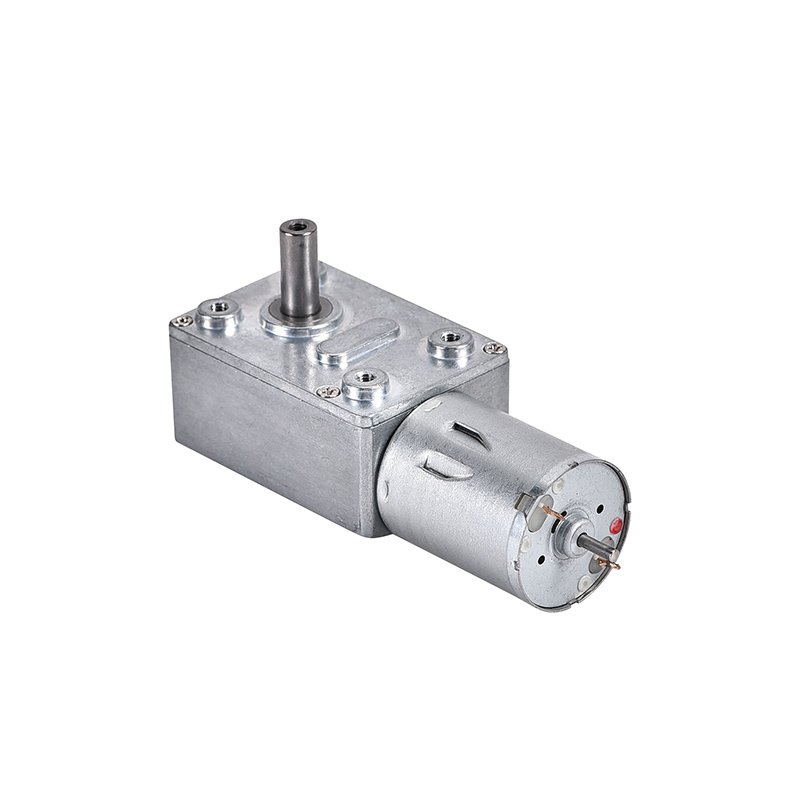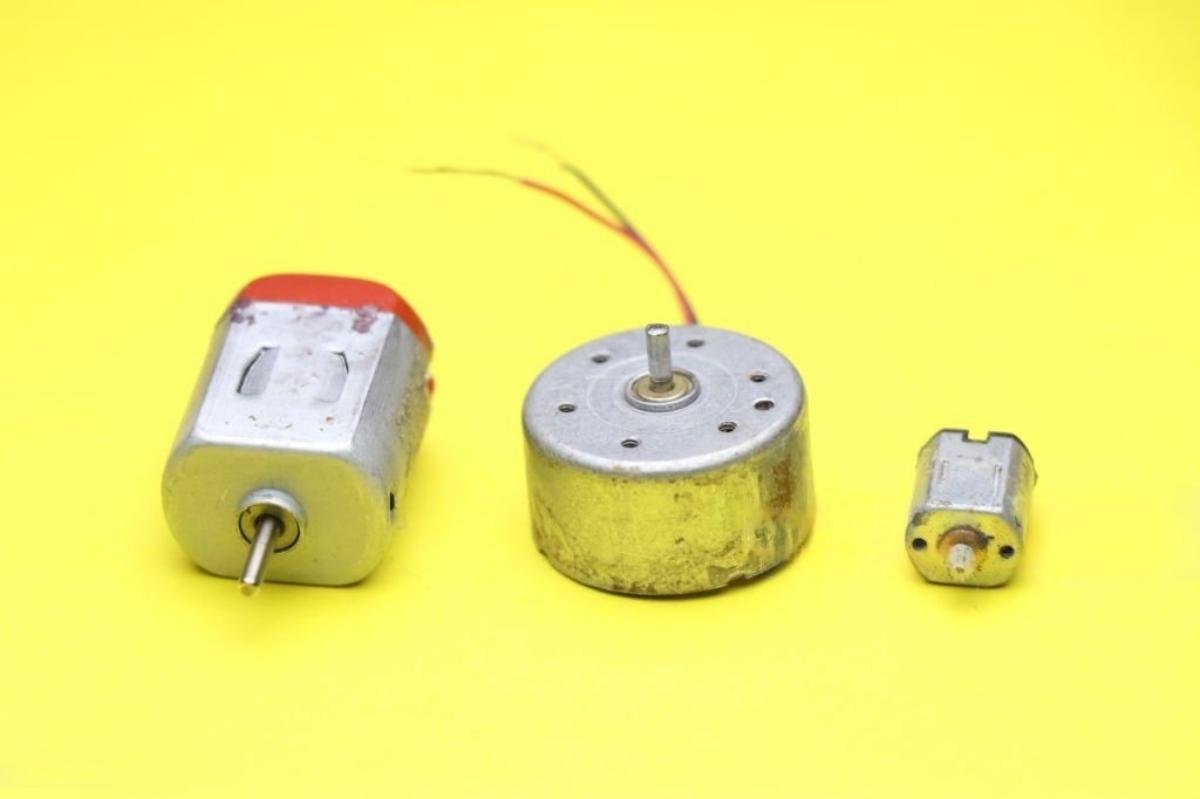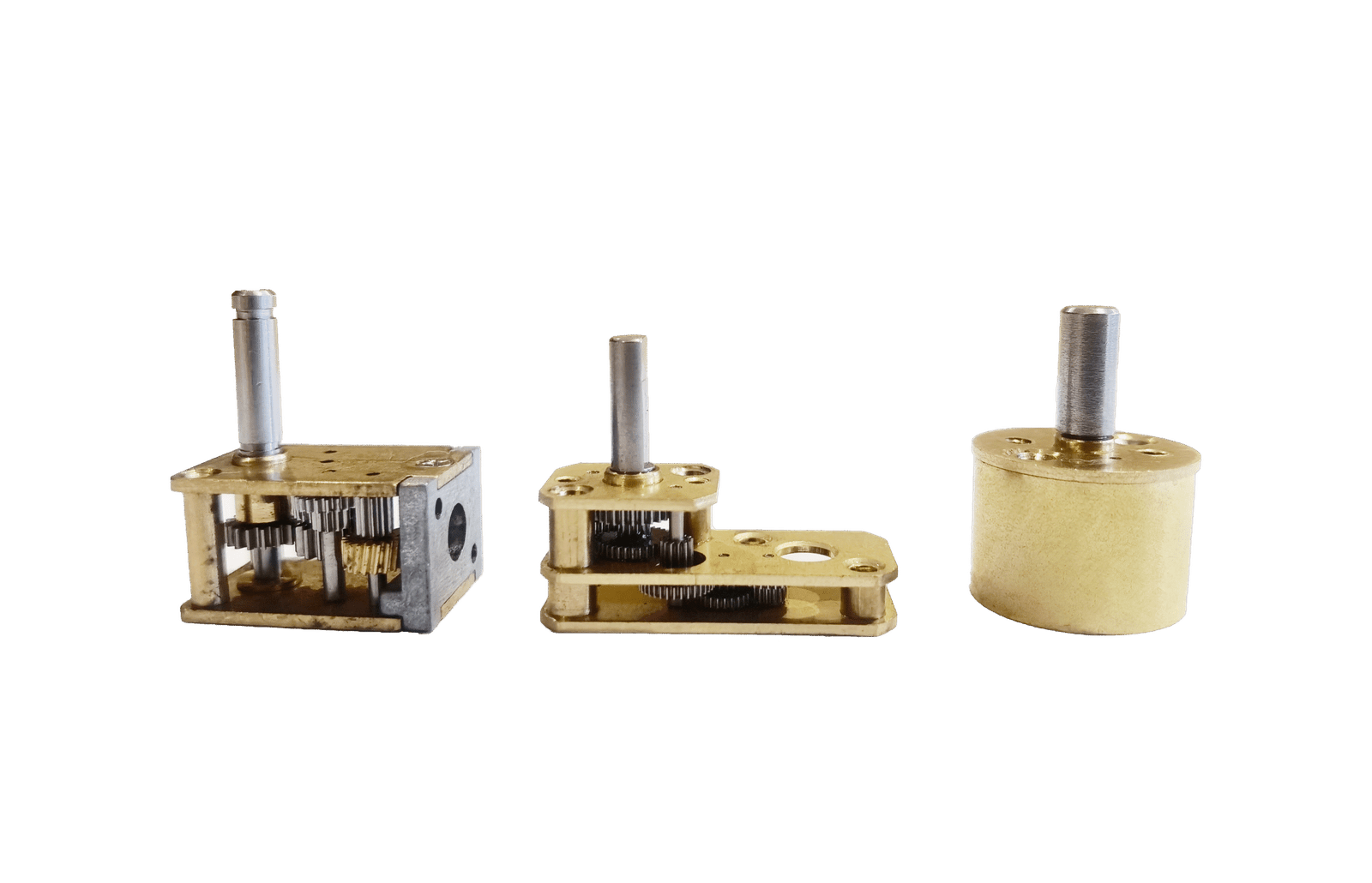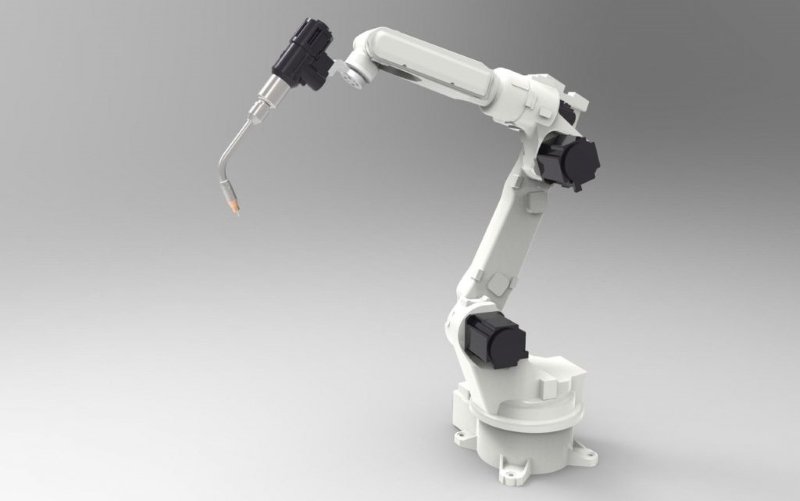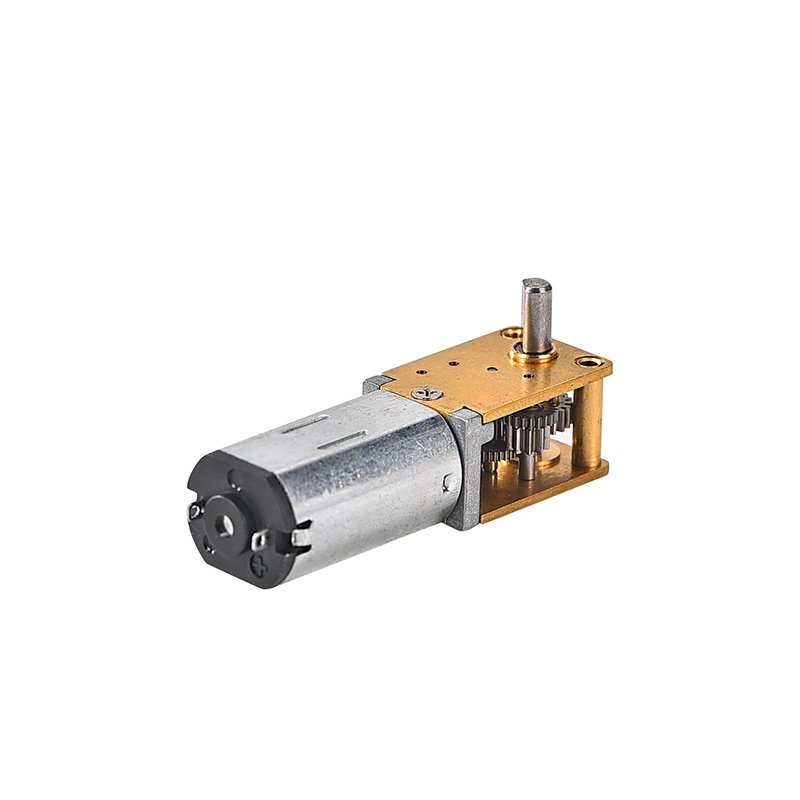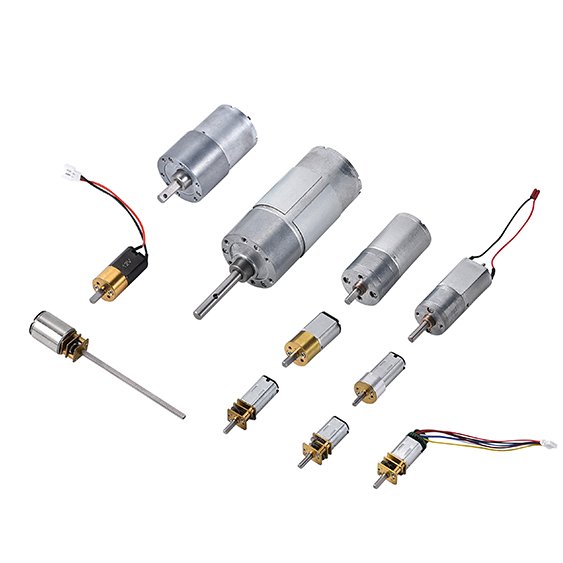Hall Effect Sensor Motors play a vital role in modern motor systems by detecting magnetic fields to measure current and position. These sensors improve motor efficiency and precision, ensuring reliable operation in demanding environments. For example, advanced models like the TMCS1100 and TMCS1101 offer zero-drift characteristics, maintaining high accuracy across temperature changes. This reliability supports high-voltage systems used in industrial motor drives and energy-storage equipment.
Reliable sensor data is critical for optimizing automotive systems, including engine management and transmission control.
Recent advancements in sensor technology have further enhanced durability and accuracy, making Hall Effect Sensor Motors indispensable in industries ranging from automation to transportation.
Key Takeaways
Hall Effect Sensor Motors make motors work better and more accurately by sensing magnetic fields.
These sensors give instant updates on rotor position, helping motors run smoothly and efficiently.
Since they don’t touch parts, they last longer and prevent damage.
Hall Effect sensors are affordable and simple to use in many areas, like cars and factory machines.
They save energy by controlling motors precisely, which lowers running costs.
Understanding Hall Effect Sensors
The Hall Effect and Magnetic Field Detection
The Hall Effect is a phenomenon where a voltage develops across a conductor when it is placed in a magnetic field and carries an electric current. This voltage, called the Hall voltage, is proportional to the strength of the magnetic field. You can think of it as a way to “see” magnetic fields through electrical signals. This principle forms the foundation of Hall Effect sensors, which detect magnetic fields and convert them into measurable electrical outputs.
Researchers have observed unique behaviors of the Hall Effect in advanced materials. For example, in antiferromagnets, the Hall Effect reveals a “virtual magnetic field” even without magnetization. Another breakthrough involves real-time Hall-effect detection in ferrimagnets, which isolates the Hall signal from background noise. These findings highlight the versatility of the Hall Effect in magnetic field detection.
Types of Hall Effect Sensors in Motor Systems
Hall Effect sensors come in different types, each suited for specific motor applications. The two main categories are linear and switched Hall Effect sensors. Linear sensors measure the strength of a magnetic field continuously, making them highly precise and reliable. Switched sensors, on the other hand, detect the presence or absence of a magnetic field, offering a simpler and more cost-effective solution.
Here’s a quick comparison of their reliability and precision:
Sensor Type | Reliability | Precision |
|---|---|---|
Linear Hall Effect | High | Very High |
Switched Hall Effect | Moderate | Moderate |
When choosing a sensor, you should also consider other performance metrics. For instance, Hall Effect sensors are generally more affordable than fluxgate sensors, making them ideal for large-scale motor systems. However, their sensitivity range and temperature stability may vary. The table below highlights these differences:
Characteristic | Fluxgate Sensors | Hall Effect Sensors |
|---|---|---|
Accuracy | Very high, good for tiny fields | Moderate, fine for motors |
Sensitivity Range | Wide, from tiny to big currents | Smaller range for lower currents |
Temperature Stability | Very stable, with adjustments | Changes with temperature |
Cost | Expensive due to complexity | Cheaper, good for large use |
By understanding these types and their characteristics, you can select the right sensor for your motor system’s needs.
Working Principles of Hall Effect Sensor Motors

Rotor Position Detection
Hall Effect sensors excel at detecting the rotor’s position in motor systems. They measure the magnetic field generated by the rotor and convert it into electrical signals. These signals help you determine the exact location of the rotor at any given moment. This real-time feedback ensures that the motor operates efficiently and smoothly.
In motor systems, precise rotor positioning is critical for maintaining synchronization between the rotor and stator. Without accurate detection, motors may experience inefficiencies like uneven torque or energy loss. Hall Effect sensors eliminate these issues by providing consistent and reliable data. Their solid-state design also makes them durable, allowing them to function effectively in harsh environments such as high temperatures or dusty industrial settings.
Role in Brushless DC Motors
Brushless DC (BLDC) motors rely heavily on Hall Effect sensors for their operation. These sensors replace traditional brushes by detecting the rotor’s position and enabling electronic commutation. Instead of mechanical brushes energizing the windings, Hall Effect sensors send signals to the motor controller, which energizes the windings in a specific sequence. This process ensures smooth and efficient operation.
Hall Effect sensors also play a key role in speed control. By continuously monitoring the rotor’s speed, they allow you to make precise adjustments to the motor’s performance. This capability is especially useful in applications requiring fine control, such as robotics or electric vehicles.
Here’s a table summarizing the role of Hall Effect sensors in enhancing BLDC motor efficiency:
Aspect | Evidence |
|---|---|
Rotor Positioning | Hall Effect sensors provide real-time and precise information about the rotor’s position, ensuring efficient operation. |
Commutation | They replace brushes and energize the windings in specific sequences for smooth operation. |
Speed Control | Continuous feedback allows for precise speed control, enabling fine adjustments based on rotor speed. |
Durability | Solid-state design makes them highly durable and reliable in harsh environments. |
Maintenance | Elimination of mechanical commutation reduces maintenance needs, making them cost-effective. |
Overall Efficiency | They enable smoother startup and better speed control, enhancing the overall efficiency of BLDC motors. |
Integration in Motor Control Systems
Hall Effect Sensor Motors integrate seamlessly into advanced motor control systems. Their straightforward design makes them cost-effective and easy to implement. You can find these sensors in electric vehicles, where they monitor motor speed and position to optimize performance.
These sensors also offer environmental immunity, making them reliable in challenging conditions. They resist humidity, temperature variations, dust, and vibrations, ensuring consistent operation. For example, in electric vehicles, Hall Effect sensors contribute to regenerative braking systems. By recovering energy during braking, they help extend the vehicle’s range and improve energy efficiency.
Safety is another area where Hall Effect sensors shine. By monitoring wheel positions, they can detect malfunctions and alert drivers to potential issues. This feature enhances safety and prevents accidents.
Here’s a table highlighting the benefits of integrating Hall Effect sensors into motor control systems:
Advantage/Role | Description |
|---|---|
Cost-effectiveness | Hall Effect Sensors are simple devices that are inexpensive to integrate into motor control systems. |
Ease of implementation | Their straightforward design allows for easy integration into advanced motor control systems, especially in electric vehicles. |
Environmental immunity | These sensors are resistant to humidity, temperature variations, dust, and vibrations, enhancing their reliability in various conditions. |
Performance enhancement | They enable precise monitoring of motor speed and position, crucial for the efficient operation of electric vehicles. |
Safety features | By monitoring wheel positions, they can detect malfunctions, alerting drivers to potential issues and preventing accidents. |
Energy efficiency | They play a role in regenerative braking, allowing electric vehicles to recover energy during braking, thus extending range. |
Advantages and Limitations of Hall Effect Sensor Motors
Key Benefits in Motor Systems
Hall Effect Sensor Motors offer several advantages that make them ideal for modern motor systems. Their non-contact design reduces wear and tear, extending the lifespan of your motor components. You can rely on these sensors to operate in harsh environments, as they resist dust, moisture, and extreme temperatures. Their ability to detect both the presence and direction of magnetic fields ensures precise motor control, enhancing efficiency and performance.
Another key benefit is their rapid response time. Hall Effect sensors provide real-time feedback, allowing you to make quick adjustments to motor operations. This feature is particularly useful in applications requiring high-speed precision, such as robotics or automotive systems.
Here’s a table summarizing the advantages and limitations of Hall Effect Sensor Motors:
Advantages | Limitations |
|---|---|
Non-contact nature leading to reduced wear and tear | Sensitivity to temperature fluctuations |
Extended operational lifespan | Need for precise calibration |
Capability to detect presence and direction of fields | Interference from powerful nearby magnetic fields |
Resistance to harsh environmental conditions | Lower sensitivity compared to other magnetic sensors |
Rapid response times |
Challenges and Mitigation Strategies
Despite their benefits, Hall Effect Sensor Motors face challenges that you need to address for optimal performance. Temperature sensitivity can cause erratic readings, especially in environments with fluctuating temperatures. Precise calibration is essential to ensure accurate data, but it can be time-consuming during installation. Powerful nearby magnetic fields may interfere with sensor signals, leading to inaccuracies.
To mitigate these challenges, you can adopt advanced diagnostic techniques like data logging and remote monitoring. These methods help identify intermittent issues and ensure consistent sensor performance. For temperature-related problems, integrating Hall-effect-based magnetic current sensors into PCB designs can reduce heat-related issues.
System integration can also pose difficulties, especially in complex setups. Compatibility and performance issues may arise when incorporating Hall Effect sensors into larger systems. Address these challenges by carefully planning the integration process and testing for compatibility beforehand.
Here’s a table summarizing common challenges and effective mitigation strategies:
Challenge Type | Description |
|---|---|
Issues like erratic readings, signal interference, mounting problems, temperature sensitivity, and mechanical damage. | |
Strategies for Intermittent Problems | Advanced techniques for diagnosing sporadic sensor issues, including data logging and remote monitoring. |
System Integration Challenges | Challenges related to integrating Hall Effect Sensors into complex systems, including compatibility and performance issues. |
Heating Challenges | The use of Hall-effect-based magnetic current sensors to mitigate heat-related issues in PCB design. |
By understanding these challenges and implementing mitigation strategies, you can maximize the reliability and efficiency of Hall Effect Sensor Motors in your applications.
Industrial Applications of Hall Effect Sensor Motors

Automotive Industry
Hall Effect Sensor Motors have revolutionized the automotive industry by enhancing performance, efficiency, and safety. These sensors operate without physical contact, reducing wear and tear and extending their lifespan. Their ability to detect both the presence and direction of magnetic fields makes them versatile for various automotive applications. For example, they play a critical role in battery management systems for electric vehicles (EVs). By providing accurate current measurements, they optimize energy use and improve safety.
The growing demand for EVs has further highlighted the importance of these sensors. In California alone, EV sales surged from 58,663 units in 2014 to 446,961 units in 2023. This growth reflects the increasing reliance on Hall Effect sensors for efficient battery management and real-time monitoring in lithium-ion batteries. These features ensure that EVs operate smoothly and safely, even under challenging conditions.
The collaboration between automotive manufacturers and technology firms is driving the development of advanced sensor systems. These innovations are expected to enhance EV functionalities, contributing to better performance and efficiency.
In addition to EVs, Hall Effect sensors are widely used in traditional vehicles. They monitor wheel positions, detect malfunctions, and provide feedback for systems like anti-lock braking and power steering. Their rapid response times and resistance to harsh environments make them indispensable in modern automotive designs.
Consumer Electronics
In consumer electronics, Hall Effect Sensor Motors enable precise and reliable operation in a wide range of devices. Their non-contact detection reduces wear and tear, enhancing the durability and lifespan of products. These sensors are also resistant to dust, dirt, and moisture, making them ideal for use in harsh environments.
You’ll find Hall Effect sensors in home appliances like washing machines and refrigerators. They provide precise motor control, which is crucial for efficient operation. For instance, variable-speed compressors equipped with these sensors can reduce energy consumption by up to 30% compared to traditional models. This energy efficiency aligns with the growing demand for eco-friendly and cost-effective appliances.
A 2023 study by the International Energy Agency highlighted the role of Hall sensors in improving energy efficiency. By enabling precise control, these sensors help appliances perform better while consuming less power. Their ability to measure position, speed, and proximity without contact also enhances the functionality of smart devices, making them a popular choice in modern electronics.
As the demand for precision and energy efficiency grows, the adoption of Hall Effect sensors in consumer electronics continues to rise. Their rapid response times make them particularly effective in dynamic applications, such as robotic vacuum cleaners and automated kitchen tools.
Industrial Automation
Hall Effect Sensor Motors are a cornerstone of industrial automation, where precision and reliability are paramount. These sensors provide accurate feedback on motor position and speed, ensuring smooth and efficient operation of automated systems. Their resistance to environmental factors like dust, moisture, and temperature variations makes them well-suited for industrial settings.
In manufacturing, Hall Effect sensors are used in robotic arms and conveyor systems to maintain precise control. They enable real-time adjustments, which are essential for tasks requiring high accuracy, such as assembly and packaging. Their non-contact design reduces maintenance needs, minimizing downtime and improving overall productivity.
You’ll also find these sensors in renewable energy systems, such as wind turbines. They monitor rotor positions and optimize energy generation, contributing to the efficiency of sustainable energy solutions. Their ability to withstand harsh conditions ensures reliable performance in outdoor environments.
By integrating Hall Effect sensors into industrial automation systems, you can achieve greater efficiency, reduced maintenance costs, and improved safety. These sensors are a key component in the transition toward smarter and more sustainable industrial practices.
Hall Effect Sensor Motors have transformed modern motor systems. You rely on them for precise control, efficient operation, and enhanced reliability. Their ability to detect magnetic fields with accuracy makes them indispensable across industries. From automotive systems to industrial automation, these sensors improve performance and reduce maintenance needs.
Their growing adoption reflects their role in advancing technology. As industries demand smarter and more sustainable solutions, Hall Effect Sensor Motors continue to drive innovation. You can expect them to play an even larger role in shaping the future of motor systems.
FAQ
What is a Hall Effect sensor, and how does it work?
A Hall Effect sensor detects magnetic fields and converts them into electrical signals. It works by measuring the Hall voltage generated when a current-carrying conductor is exposed to a magnetic field. This voltage helps you monitor position, speed, or current in motor systems.
Why are Hall Effect sensors important in motor systems?
Hall Effect sensors provide precise feedback on rotor position and speed. This ensures efficient motor operation and reduces wear. Their non-contact design makes them durable and reliable, even in harsh environments. You can use them to improve performance and reduce maintenance costs.
Can Hall Effect sensors handle extreme conditions?
Yes, Hall Effect sensors resist dust, moisture, and temperature variations. Their solid-state design ensures durability in challenging environments. For example, they work reliably in industrial automation systems and electric vehicles, where conditions can be harsh.
How do Hall Effect sensors improve energy efficiency?
Hall Effect sensors enable precise motor control by providing real-time feedback. This reduces energy waste and optimizes performance. In applications like electric vehicles or home appliances, they help you save energy and lower operational costs.
Are Hall Effect sensors easy to integrate into systems?
Yes, Hall Effect sensors are simple to install and cost-effective. Their compact design allows seamless integration into motor control systems. You can use them in various applications, from robotics to renewable energy systems, without significant modifications.

